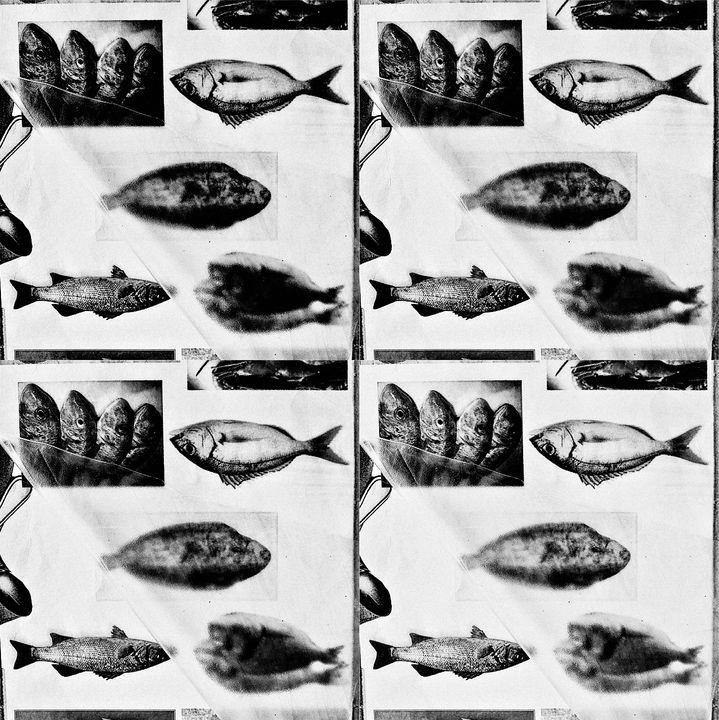Since childhood I remember myself wanting to stand out. To be different. I grew up on the edge at a time when this was happening since globalization was still a work in progress. Of course I copied things I found myself liking, dressing up like famous musicians and even mimicking their attitudes.
I think the second big shock, after adolescence itself, is the discovery that you can't change the world.
And the third shock is that everything is, and it will be the same, everything is a copy and reimagining of certain - theoretically successful - looks , constructions, lifestyles, fashion, culture and subculture. This spectrum runs from left space and liberalism, to subculture, subcultures, the underground and interpersonal relations.
Therefore, I attempted to copy and show a massive experience of life itself, an open conundrum of a city.
The original title of the project: ''copies®'' was replaced by ''we are turning into nobodies'' in a last ditch attempt to make at least the title of a project distinct, which is copies of copies of copies of material originals, which according to Plato is three times as far from the idea, the signifier, since there is the idea, there is an accidental material copy of it in the world where we see and there is also the technical copy of it, where a creator reproduces what he sees.
Furthermore, Water Benjamin said:
“…for the first time in world history, mechanical reproduction emancipates the work of art from its parasitical dependence on ritual.“
Art’s function, Benjamin argues, is historically tied up with ritual, and ritual depends on the existence of an original, authentic piece of art. Even though the same piece of art might get tied up in several different rituals over time, ritual remained an important way that viewers made sense of art. However, as mechanical reproduction increased, artists needed to find new justifications for art outside of ritual—“art for art’s sake.” This attitude toward art denied that art had any social function.
This is the biggest hint that art in the age of mechanical reproduction has an even clearer social function than ever before. Freed of “parasitic” ritual (in which the piece of art is the authority), art was now free to be a form of communication built from new contexts and orders. Art was produced not for ritual then, but for reproduction. In this sense, art can only be political when it breaks free from the “aura,” and this process is only possible via mechanical reproduction.
Benjamin, Walter. "The Work of Art in the Age of Mechanical Reproduction."
























